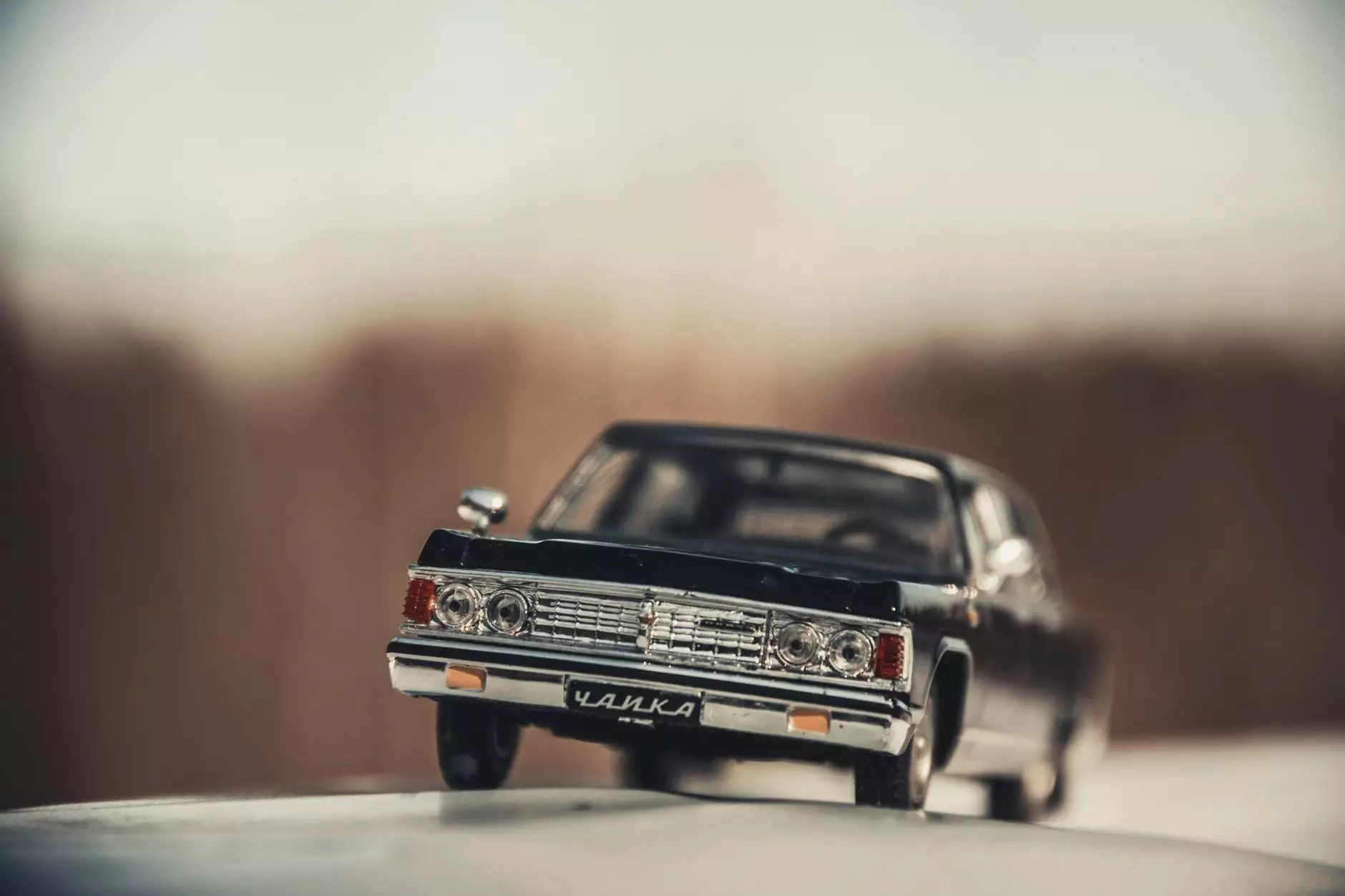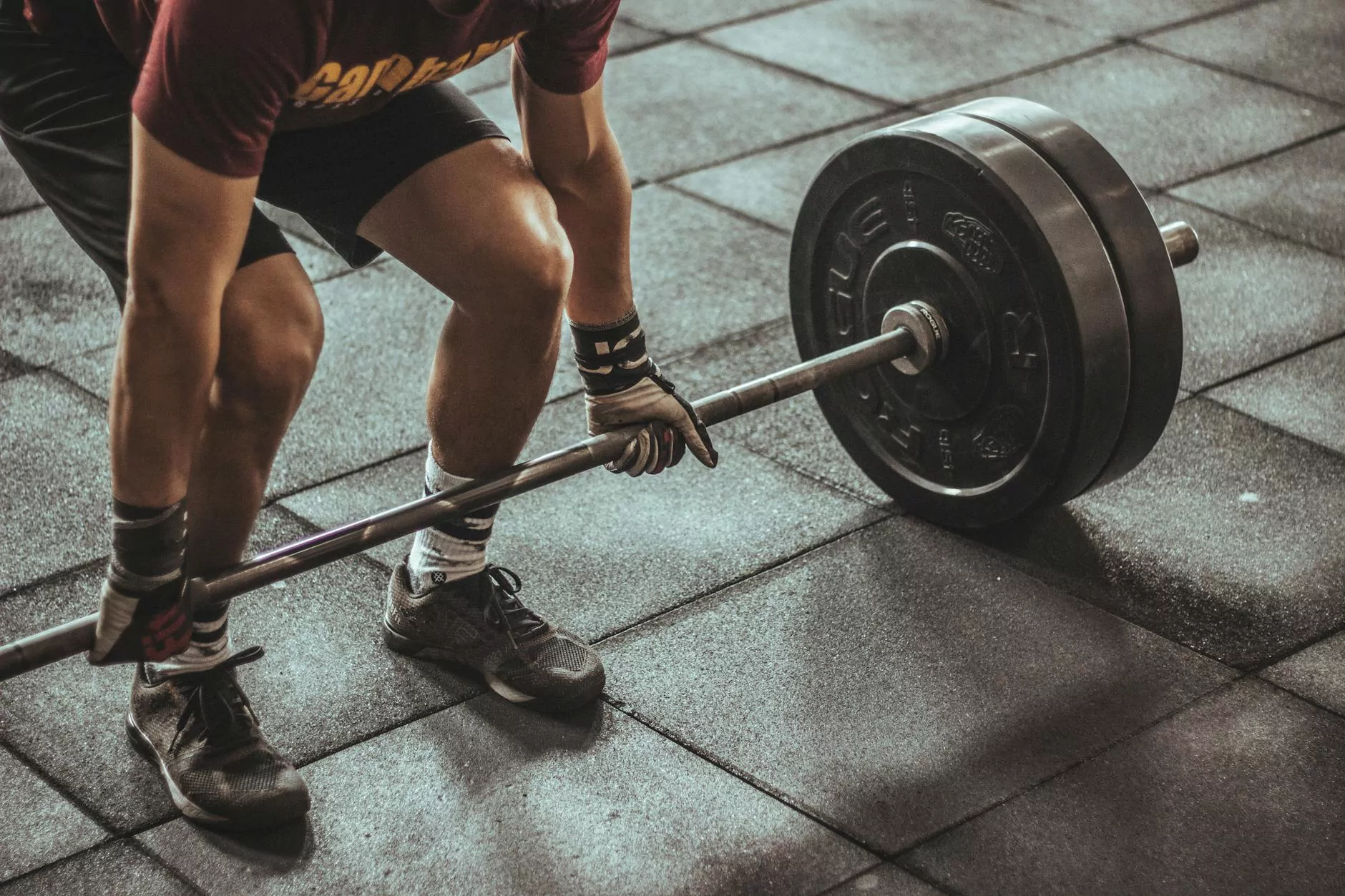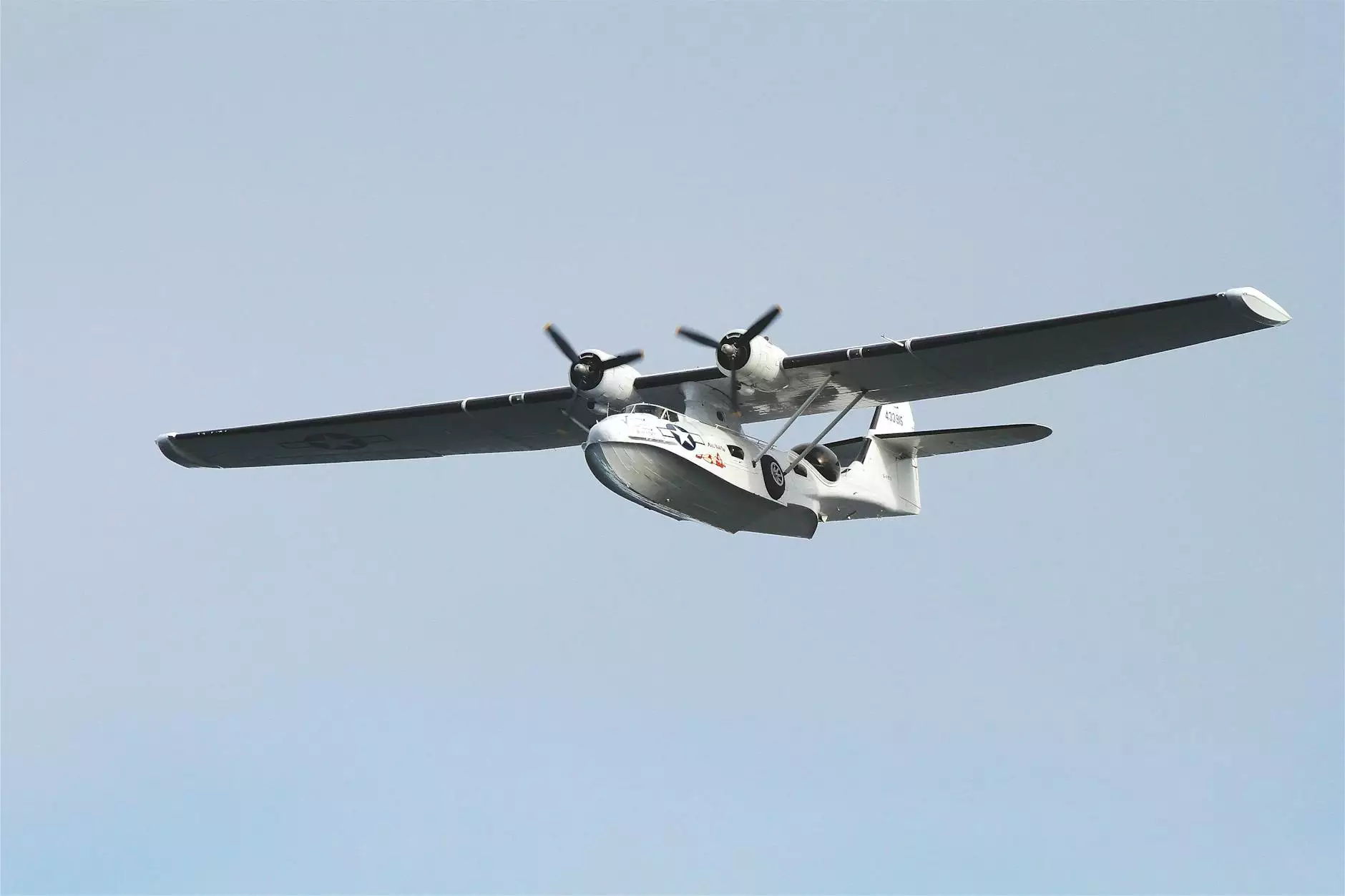Understanding Pressure Die Casting Components

Pressure die casting components play a crucial role in the manufacturing and metal fabrication sectors. This article delves into their distinctive characteristics, benefits, and applications, demonstrating their importance and why they should be an essential component of your production processes.
What is Pressure Die Casting?
Pressure die casting is a manufacturing process that involves forcing molten metal into a mold cavity under high pressure. This process allows for the creation of complex geometries and intricate designs, which are often challenging to achieve with other manufacturing methods. The high-pressure application ensures that the molten metal fills the mold effectively, resulting in parts with superior surface finish and dimensional accuracy.
Key Advantages of Pressure Die Casting Components
Understanding the benefits of pressure die casting components can help manufacturers make informed decisions about their production methods. Some notable advantages include:
- High Precision: The precision of parts produced using pressure die casting is unparalleled. With tight tolerances and high accuracy, these components are often ready for immediate use, reducing the need for extensive secondary operations.
- Rapid Production: This method allows for high-speed production with minimal lead times. Once the molds are created, the cycle time for producing individual components can be considerably short.
- Excellent Surface Finish: Parts produced through pressure die casting exhibit a superior surface finish, which may only require minimal machining after casting, saving time and costs.
- Cost-Effective for Large Production Runs: While the initial setup costs can be higher due to mold creation, the long-term cost-efficiency realized in mass production often outweighs these initial expenses.
- Material Versatility: This technique is applicable to various metals, including zinc, aluminum, and magnesium alloys, giving manufacturers flexibility in material selection.
The Process of Pressure Die Casting
The pressure die casting process typically consists of several key steps:
1. Design and Mold Creation
The process begins with the design of the component and the creation of the mold. Molds are usually made from high-grade steel and must be designed to accommodate the thermal expansion of the metal during the casting process.
2. Melting the Metal
The selected metal is heated in a furnace until it reaches its molten state. The temperature and timing are critical to ensure optimal fluidity and properties of the cast component.
3. Filling the Mold
Once the metal reaches the desired temperature, it is mechanically injected into the mold under high pressure. The pressure forces the metal to fill every cavity of the mold quickly.
4. Cooling and Solidification
After filling, the molten metal begins to cool and solidify within the mold. Cooling times can vary based on the thickness of the component and the type of metal being used.
5. Ejection of the Casting
Once solidified, the mold is opened, and the finished casting is ejected. The components are then inspected for quality assurance.
Applications of Pressure Die Casting Components
The application of pressure die casting components spans across various industries, each utilizing the unique advantages of this manufacturing technique. Here are some prominent applications:
- Automotive Industry: Many automotive parts, such as engine blocks, transmission cases, and structural components, are manufactured using pressure die casting due to the method's ability to produce lightweight and durable parts.
- Aerospace Applications: The aerospace sector benefits from pressure die casting's precision and lightweight characteristics, which are crucial for fuel efficiency and performance.
- Consumer Electronics: Various housings and components for electronic devices are made using pressure die casting, where aesthetics and functionality are essential.
- Industrial Machinery: Many industrial machines incorporate components made from pressure die casting, allowing for enhanced reliability and performance.
- Medical Devices: The precision required in medical devices can be met with components produced through pressure die casting, ensuring both safety and efficacy.
Quality Control Measures in Pressure Die Casting
Ensuring the quality of pressure die casting components is vital for their performance in critical applications. Implementing stringent quality control measures throughout the manufacturing process can significantly enhance product reliability. Some key quality control measures include:
- Material Inspection: Regular testing of raw materials to ensure they meet industry standards and specifications.
- Mold Maintenance: Regular checks and maintenance of molds to prevent defects caused by wear and tear.
- Temperature Monitoring: Continuous monitoring of the melting and injection temperatures to maintain consistency and prevent anomalies.
- Dimensional Inspection: Utilizing advanced measuring tools and techniques to ascertain that produced components meet precise dimensional standards.
- Non-Destructive Testing: Techniques such as ultrasonic testing and X-ray inspection can identify defects without damaging the component.
Choosing the Right Manufacturer for Pressure Die Casting Components
Selecting a reliable manufacturer for pressure die casting components is paramount to ensuring quality and performance. Here are key factors to consider:
- Experience: A manufacturer with extensive industry experience will be familiar with challenges and best practices.
- Technical Expertise: Look for manufacturers who can provide insights and suggestions for optimizing your design for die casting.
- Certifications: Ensure they hold relevant industry certifications, indicating their adherence to quality standards.
- State-of-the-art Equipment: Advanced equipment ensures precision in production and can handle complex designs.
- Customer Support: Choose a manufacturer that offers excellent customer service and communication throughout the production process.
Future Trends in Pressure Die Casting Technology
The pressure die casting industry is continually evolving, with new technologies and methodologies emerging. Key future trends include:
- Automation: Increasing automation in the die casting process can enhance production efficiency and quality.
- 3D Printing: Integrating 3D printing with die casting can allow for faster prototyping and the production of intricate designs that were previously unachievable.
- Eco-friendly Practices: The industry is moving towards sustainable practices, including recycling materials and reducing waste.
- Advanced Alloys: Research into new alloy compositions can lead to even better performance characteristics of die-cast components.
Conclusion
In conclusion, pressure die casting components offer immense advantages across numerous industries, delivering high precision, exceptional surface quality, and cost efficiency. As technology progresses, these components continue to play a vital role in innovation and manufacturing excellence.
To explore further about pressure die casting components and how they can benefit your business, consider consulting expertise from established manufacturers like deepmould.net in the field of metal fabrication. Their dedication to quality and performance ensures that you receive the best components for your needs.









